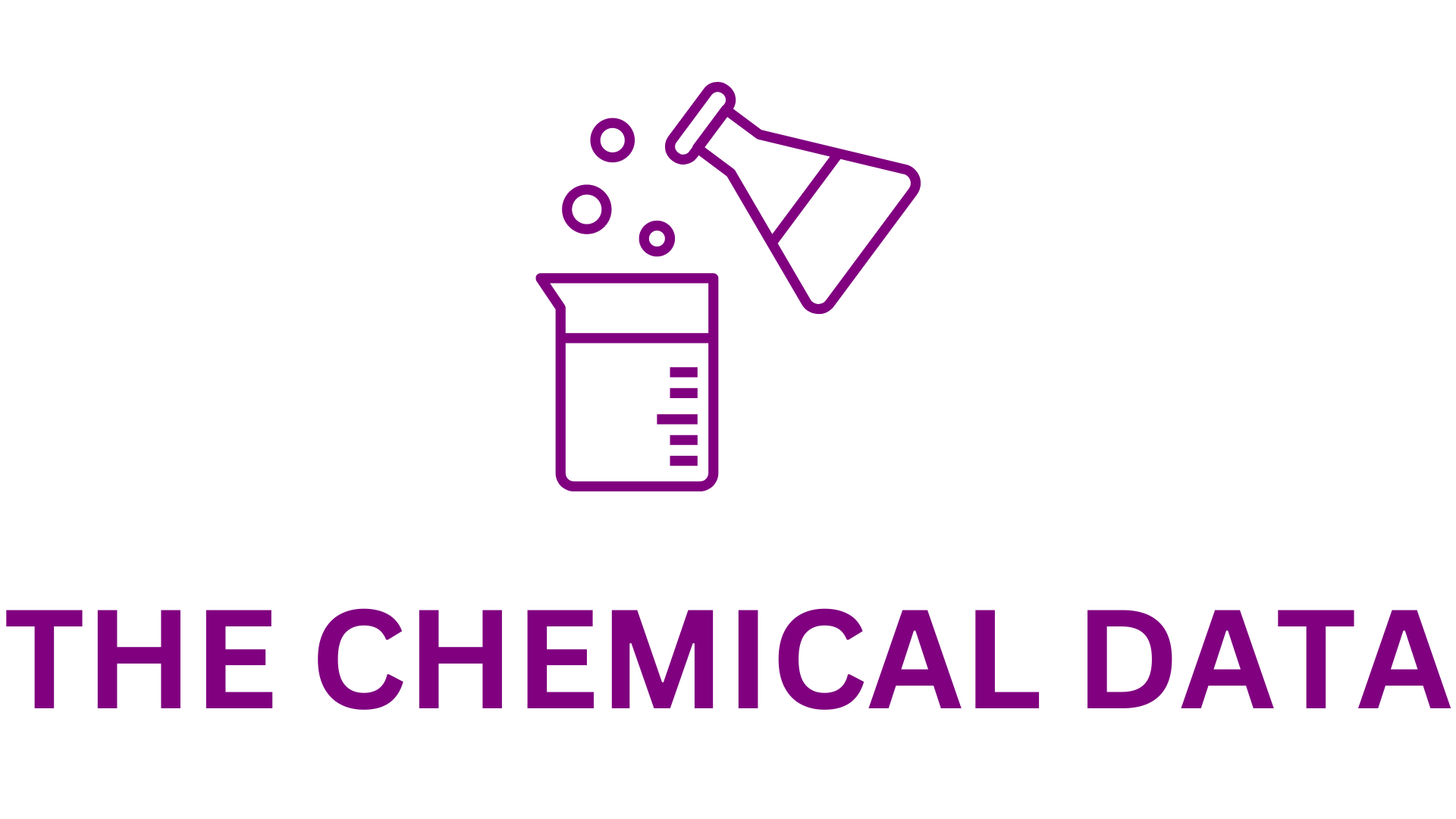
The global demand for green chemicals is projected to soar, reaching an estimated value of $229.9 billion by 2030, up from $122.9 billion in 2024, at an impressive compound annual growth rate (CAGR) of 11% from 2024 to 2030. This remarkable growth reflects the increasing adoption of sustainable and eco-friendly practices across industries worldwide.
Key Market Insights and Drivers
The demand for green chemicals stems from several pivotal factors:
- Government Regulations: Policies promoting environmental sustainability and reducing carbon emissions are driving industries to adopt green alternatives.
- Depletion of Non-renewable Resources: With fossil fuel resources dwindling, the shift towards renewable and bio-based chemicals is inevitable.
- Technological Advancements: Continuous R&D efforts are enhancing the efficiency and cost-effectiveness of green chemical production.
- Consumer Awareness: Increasing demand for environmentally responsible products among a growing consumer base fosters the market’s expansion.
Regional Market Analysis
- Europe currently leads the global market for green chemicals. This dominance is attributed to stringent sustainability regulations, a strong emphasis on R&D, and widespread applications across industries like food and beverage, packaging, and automotive.
- Asia-Pacific is expected to witness the fastest growth during the forecast period. Factors such as growing environmental awareness, government initiatives promoting green alternatives, and a rapidly expanding middle class driving demand for sustainable products are fueling the region’s growth.
- North America also holds a significant market share, benefiting from advanced infrastructure and increasing investment in sustainable technologies.
Market Segmentation by Type
The green chemicals market is categorized into:
- Bio-Alcohols: Leading the segment, bioethanol’s use as a fuel substitute in vehicles and industrial applications underscores its importance.
- Bio-Organic Acids, Bio-Ketones, and Biopolymers: These chemicals are finding increasing use in industries seeking alternatives to environmentally damaging traditional chemicals.
The rising use of bio-based chemicals across diverse applications, including agriculture, construction, and consumer goods, signifies their critical role in the transition to a greener economy.
Sources of Green Chemicals
Green chemicals are derived from:
- Plant-based Sources: Representing the largest share due to their renewability and ability to fulfill the demand for eco-friendly products.
- Algae-based Sources: Known for their rapid growth and carbon sequestration potential, algae are emerging as a vital source for sustainable chemical production.
- Biowaste: Utilization of waste materials for chemical production reduces environmental impact and promotes circular economy practices.
Applications Across Industries
Green chemicals are extensively used in various sectors:
- Industrial and Chemical Applications: Serving as raw materials, solvents, and catalysts while reducing hazardous chemical use.
- Automotive Sector: Growing adoption of biofuels like bioethanol to reduce emissions and environmental contamination.
- Packaging Industry: Expected to grow rapidly, with green chemicals offering biodegradable polymers and sustainable inks as solutions to combat waste and pollution.
Future Outlook
As industries increasingly prioritize sustainability, the green chemicals market is poised for robust growth. From driving cleaner production processes to enabling circular economy models, green chemicals represent a vital step toward mitigating climate change and fostering global environmental resilience.







